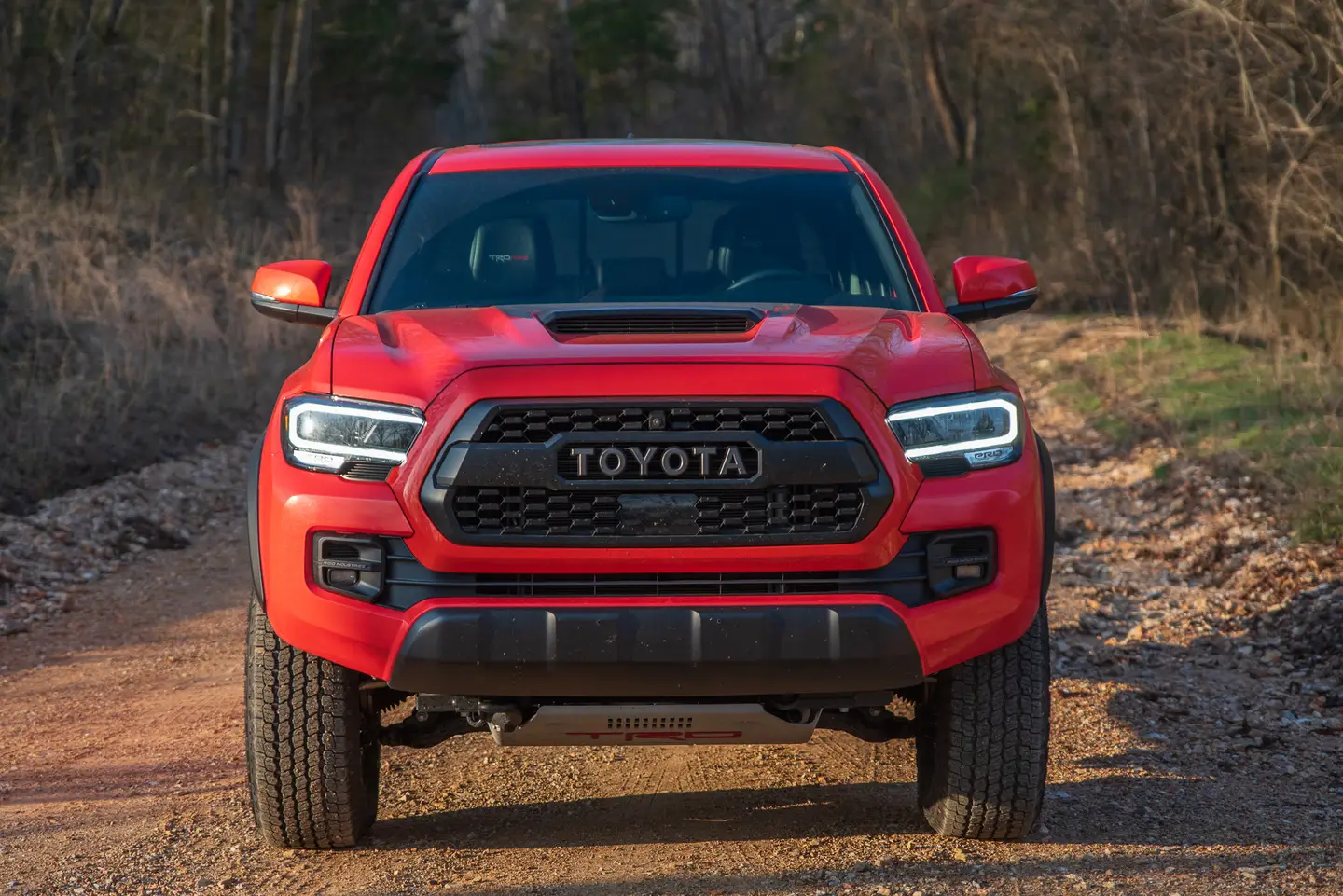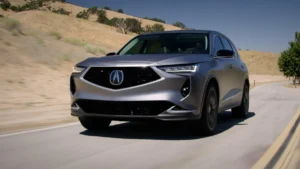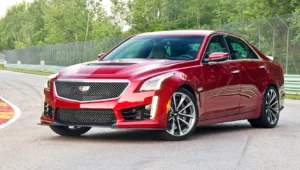If you’ve ever been stuck in traffic with your car shutting off and restarting every few seconds, you probably know the frustration of start-stop technology. It’s designed to save fuel by automatically switching the engine off when the car is idle—but not everyone is a fan.
Some drivers find it jerky, others say it wears out starters faster, and many simply prefer the traditional feel of a running engine at every red light.
I’ve spent time exploring new cars on the market that don’t have start-stop systems, either by design or by giving you the choice to disable it entirely. If you’re like me and prefer simplicity, smooth operation, and fewer electronic interventions, this guide is for you.
Let’s go through a list of cars—ranging from compact sedans to rugged trucks—that still keep things old-school while blending in modern comfort and reliability.
Note
I researched this information by going through a mix of manufacturer specifications, dealer listings, and technical documentation for 2025–2026 model-year vehicles. I started by checking automaker websites such as Toyota, Nissan, Dodge, Lexus, and Chevrolet to confirm which models still use older or non-electrified powertrains that typically don’t include automatic start-stop systems.
Then I cross-verified details through trusted automotive sources like Car and Driver, Edmunds, MotorTrend, and official vehicle brochures. I also read through owner forums and community discussions where drivers often share real-world feedback about whether a model includes or allows disabling start-stop technology.
Why Some Drivers Avoid Start-Stop Systems
Before we get into the cars, let’s quickly cover why this feature gets mixed reviews. The start-stop system’s main goal is fuel efficiency and emission reduction. When you stop at a light, the engine cuts off; as soon as you release the brake, it restarts automatically.
Sounds good in theory—but real-world experiences tell another story:
- Jerky Restarts: Some engines hesitate slightly when restarting, which can be annoying in stop-and-go traffic.
- Starter Wear: Frequent restarting can increase wear on starters and batteries.
- Cabin Comfort: The air conditioner or heater briefly loses full power when the engine shuts off.
- Driver Preference: Many drivers just prefer the steady hum of an idling engine, especially when they need instant power.
Automakers have noticed this too, which is why a few still offer models without automatic start-stop systems—or allow you to disable them permanently.
1. Toyota 4Runner
The Toyota 4Runner has become somewhat of a hero for those who prefer mechanical simplicity over digital intervention. Powered by a 4.0-liter V6 engine, it sticks to its roots: no turbocharging, no hybrid pairing, and importantly, no start-stop.
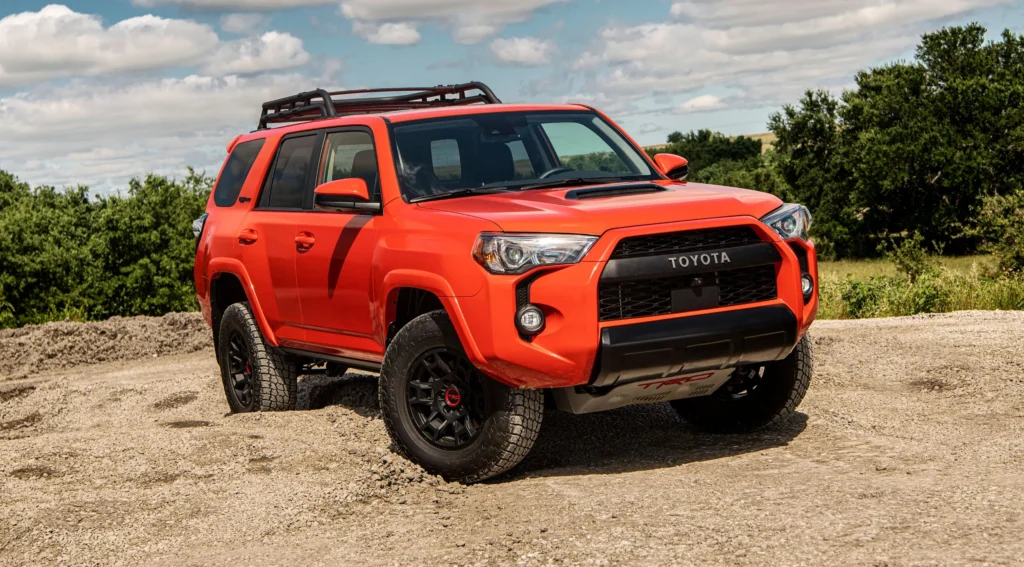
I’ve always admired how Toyota kept the 4Runner rugged and straightforward. It’s built on a body-on-frame platform like a traditional SUV, which means it’s designed more for durability than fuel-saving tricks. When you start it, it stays running until you decide otherwise. For those who want reliability, off-road capability, and zero interruptions at a stoplight, the 4Runner remains a classic.
Why it stands out:
- Simple mechanical setup
- Legendary reliability
- No automatic start-stop interruptions
2. Lexus GX
The Lexus GX is often described as the luxury cousin of the 4Runner—and it keeps much of that same DNA. It also runs a naturally aspirated V8 engine that skips start-stop technology entirely. That’s rare these days, especially for luxury vehicles.
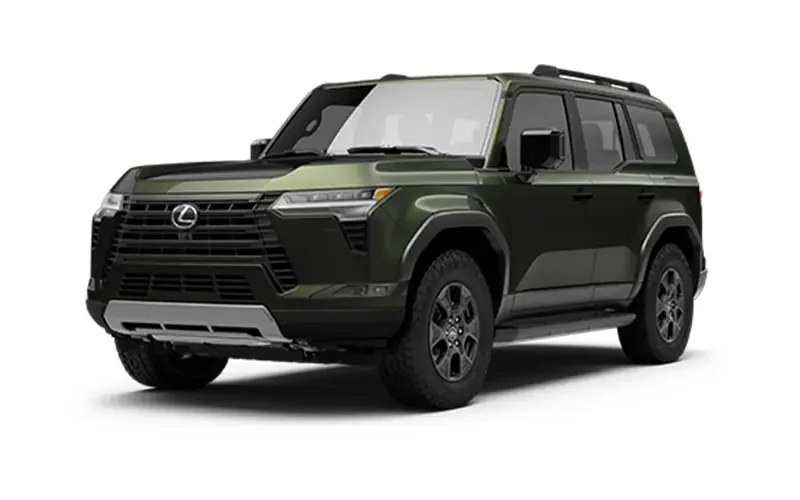
Behind the wheel, the GX feels old-school in the best way possible. There’s no artificial pause when you come to a halt. You get continuous power, instant throttle response, and a refined ride that feels consistent and predictable.
Why it stands out:
- Full-time V8 power without interruptions
- Traditional luxury experience
- Perfect for drivers who dislike start-stop lag
3. Nissan Frontier
Next up is the Nissan Frontier, a midsize pickup that’s gained attention for staying true to the basics. While many trucks have adopted start-stop systems, the Frontier’s design keeps things straightforward. Its 3.8-liter V6 delivers smooth power without cutting out at red lights.
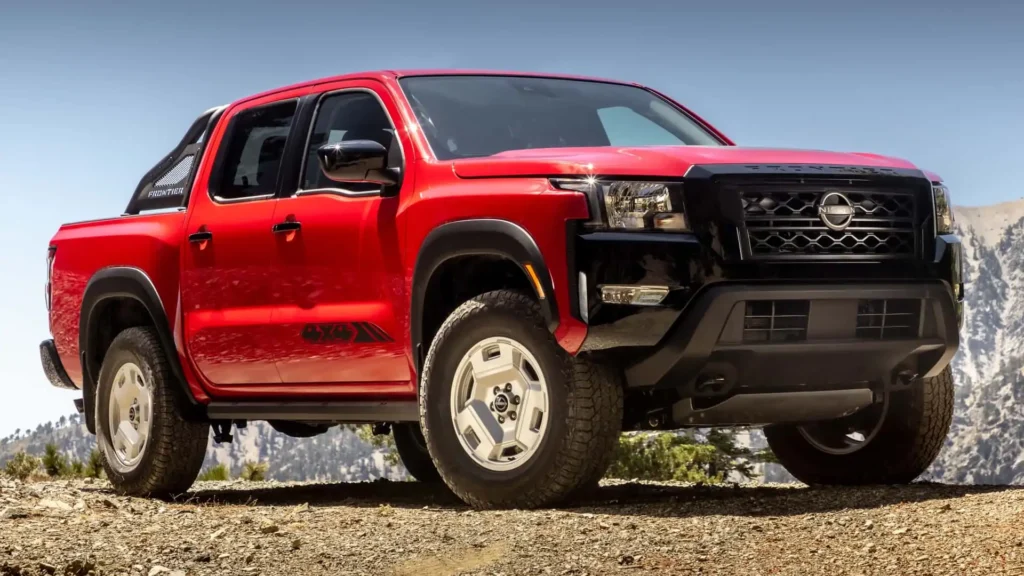
For those who haul, tow, or just enjoy a direct connection with their truck, it’s a solid pick. I’ve test-driven one recently, and what stood out most was how natural it felt to drive—no unnecessary technology getting in the way.
Why it stands out:
- Consistent V6 performance
- No forced engine shut-off
- Reliable and sturdy build
4. Dodge Challenger
The Dodge Challenger continues to represent old-school muscle in a modern shell. Whether you go for the 5.7-liter HEMI V8 or the 6.4-liter Scat Pack version, you won’t find a start-stop system cutting power at every light. Dodge deliberately chose to keep that raw, continuous rumble alive.
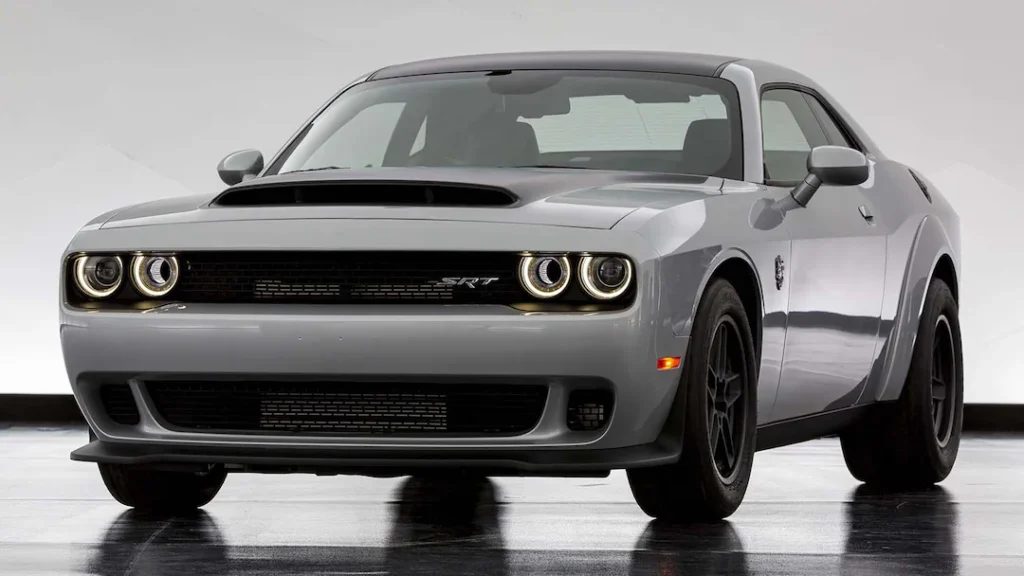
For drivers who appreciate power and personality, this car feels like a rebellion against automation. Every rev and idle feels authentic, not computer-managed.
Why it stands out:
- Pure muscle experience with no start-stop interference
- Immediate throttle response
- Classic sound and performance untouched by modern idling tech
5. Chevrolet Suburban / Tahoe
Chevrolet’s full-size SUVs—the Suburban and the Tahoe—still stand out for buyers who value big, durable vehicles with robust V8 engines. While most recent versions introduced start-stop as standard, some trims (particularly during and after the 2021 microchip shortage) were released without it. And even today, certain fleet or base-level configurations can be ordered without the system.
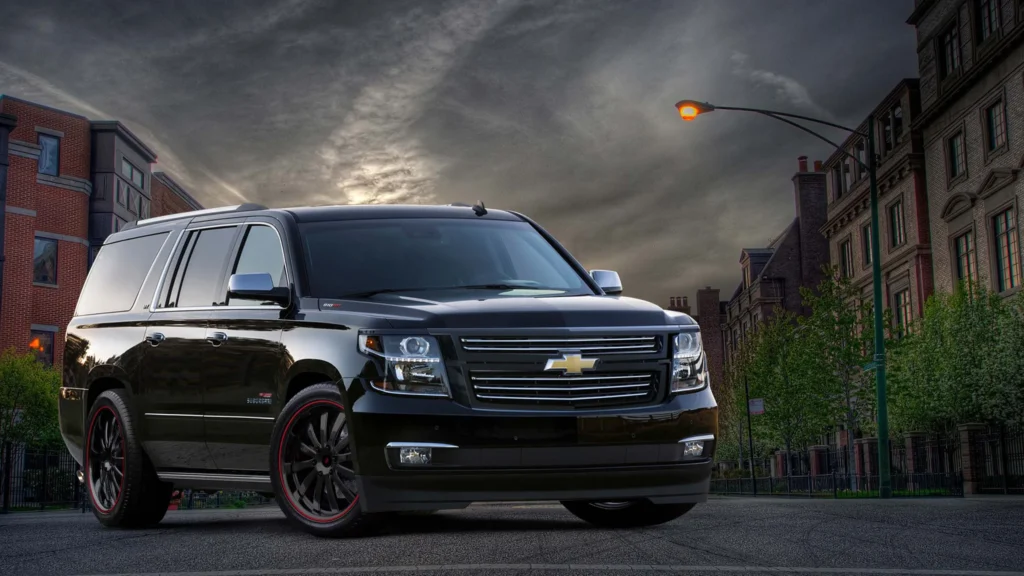
I’ve always thought of the Suburban as the “do-it-all” SUV: it can carry eight passengers, tow a boat, and still make a long highway trip feel effortless. What makes it even better for start-stop skeptics is how GM temporarily rolled out models missing the feature—reminding us that simplicity sometimes wins.
Why it stands out:
- Available trims without start-stop
- Legendary V8 dependability
- Excellent choice for long-distance highway comfort
6. GMC Yukon
Closely related to the Suburban, the GMC Yukon shares much of its engineering but adds a premium touch. Certain 2021–2022 Yukon models were also shipped without start-stop due to parts shortages, and buyers found they didn’t miss the system one bit.
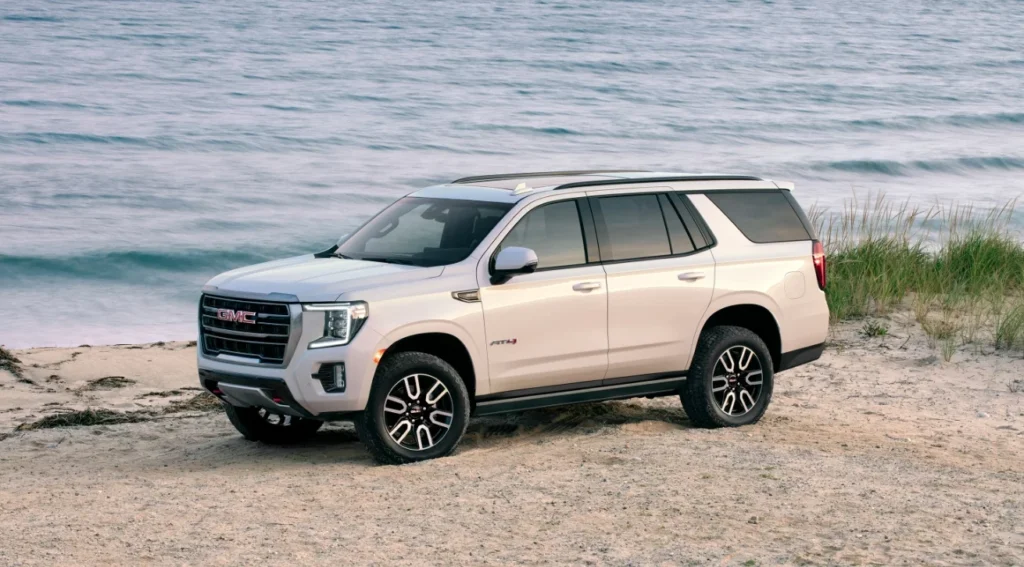
Behind the wheel, the Yukon feels substantial and composed—smooth on highways, confident in turns, and free from the slight hesitation of start-stop restarts. For those who prefer a steady, unbroken hum from their V8, it’s one of the few modern SUVs that has retained that timeless quality.
Why it stands out:
- Quiet yet powerful ride
- Select models without start-stop
- Excellent balance between luxury and simplicity
7. Jeep Wrangler
The Jeep Wrangler has always been more about grit and less about gimmicks. While newer turbocharged variants do include start-stop, the naturally aspirated V6 versions—especially earlier trims and some base configurations—can be found without it. And for drivers who explore trails or rough terrain, that’s a blessing.
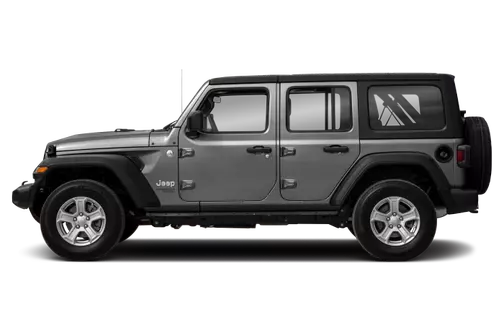
I’ve taken Wranglers off-road enough to know: you don’t want your engine cutting out halfway up a rocky climb. It’s reassuring when your vehicle listens to you, not to a microchip’s efficiency program.
Why it stands out:
- Old-school power delivery
- Some trims without start-stop
- Off-road reliability without electronic interference
8. Toyota Tacoma
Toyota’s mid-size truck legend, the Tacoma, still offers versions that keep the start-stop system out of the equation. The 3.5-liter V6 models deliver solid, reliable power with none of the quirks that come with frequent stop/start cycling.
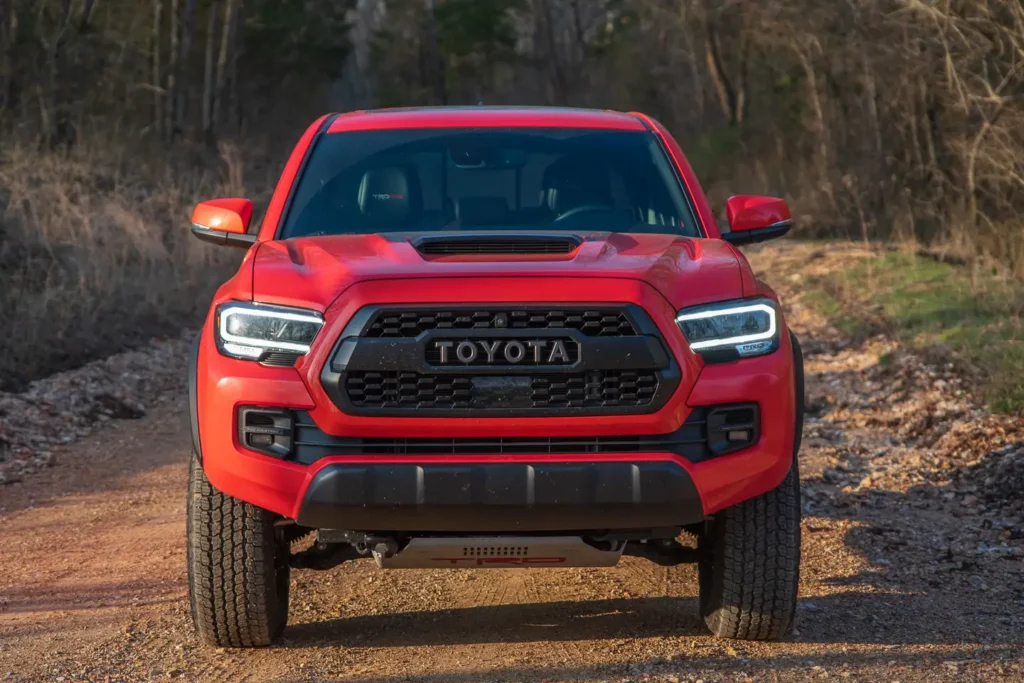
I’ve always loved how the Tacoma feels direct—its response is consistent, and there’s no pause or lag when you’re maneuvering in city traffic or climbing a steep hill. For tradespeople, outdoor adventurers, and anyone who values reliability, it’s one of the last “true trucks” out there that’s simple in all the right ways.
Why it stands out:
- Naturally aspirated V6 with steady idle
- Proven reliability
- No start-stop interruptions in certain trims
9. RAM 2500 Heavy Duty
If you’re looking at full-size trucks that do serious work, the RAM 2500 is a powerhouse that often comes without automatic start-stop—especially in heavy-duty configurations. The 6.4-liter HEMI V8 and 6.7-liter Cummins turbo diesel both focus on torque, durability, and consistency rather than squeezing every drop of mileage at stoplights.
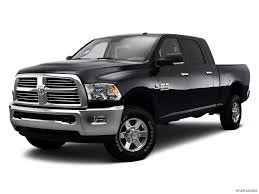
I once towed a large trailer across several states in a RAM 2500, and I can tell you—having that constant engine readiness makes a big difference in comfort and control. When you’re hauling several tons, you don’t want the motor hesitating to restart.
Why it stands out:
- Heavy-duty engine lineup without start-stop
- Excellent towing and work capability
- Smooth, consistent operation under load
10. Porsche 911
Now, let’s step into something a little different. The Porsche 911, especially in its more performance-oriented variants, allows you to disable start-stop completely—and it remembers your setting. In essence, you can drive it as if it never had the feature.
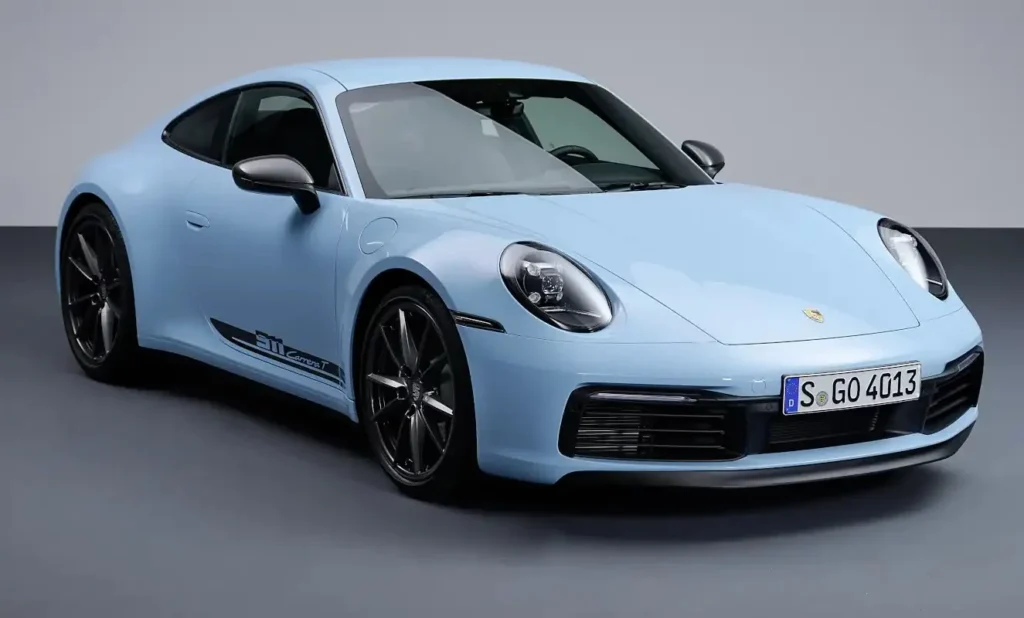
Behind the wheel, the 911’s experience is all about precision and feel. I once drove the Carrera S with the system off, and the throttle response was instantaneous—no lag, no pause. It reminded me that driving engagement still matters more than chasing marginal efficiency gains.
Why it stands out:
- Option to disable start-stop permanently
- Perfect mechanical balance
- Keeps performance pure and uninterrupted
11. Ford F-150
The Ford F-150 is America’s best-selling truck, and while most trims now include start-stop, earlier versions or fleet builds may not. The 5.0-liter Coyote V8 in particular provides strong, reliable performance without electronic cut-offs when properly optioned.
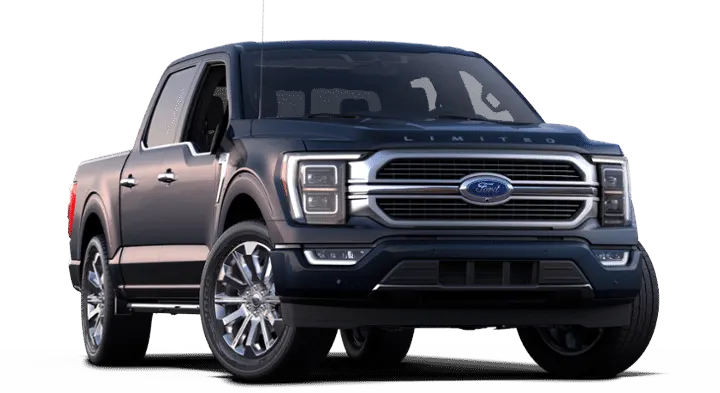
I’ve driven several F-150s over the years, and while newer ones have added the feature, the difference in throttle feel is noticeable when it’s absent. It’s one of those subtle qualities that makes long drives or towing much smoother.
Why it stands out:
- Some trims and older models without start-stop
- Strong V8 performance
- Smooth and uninterrupted idle for towing or city driving
12. Subaru WRX
Among sporty sedans, the Subaru WRX stands apart. The manual-transmission versions in particular do not include start-stop technology, keeping the driving experience authentic. For enthusiasts like me, that’s music to the ears.
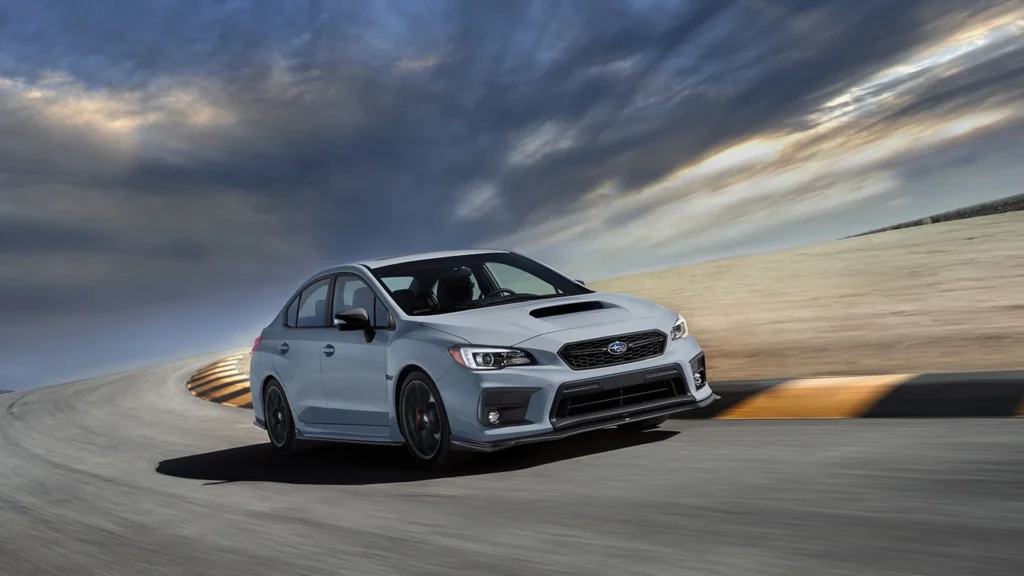
The WRX’s turbocharged flat-four engine loves to stay alive—always on, always ready for boost. When you’re heel-toeing through gears, the last thing you want is your engine shutting off at a red light.
Why it stands out:
- Manual variants without start-stop
- Engaging, consistent power delivery
- Designed for drivers who love connection over efficiency gimmicks
Why Cars Without Start-Stop Are Becoming Rare
Manufacturers are under increasing pressure from emissions and efficiency regulations. Start-stop systems can improve city fuel economy by around 3–10%, and that’s enough to impact fleet averages that determine compliance.
But for everyday drivers, the benefit isn’t always obvious. A few ounces of fuel saved per trip can’t outweigh the desire for smooth operation, constant air conditioning, and a longer-lasting starter.
Automakers like Toyota and Dodge understand this, which is why they still cater to a niche of buyers who prefer full control.
As electrification spreads and hybrids become mainstream, true start-stop-free models may shrink further. But the current lineup proves there’s still a market for cars built on feel and function rather than algorithms.
Should You Disable Start-Stop If You Have It?
If you already own a car with start-stop, many models let you disable it manually. However, note that most reset the feature every time you restart the engine. Some aftermarket solutions exist, but always verify they don’t void your warranty.
From my experience, if the system feels smooth and doesn’t interfere with driving, it’s fine to leave it on. But if it causes hesitation, impacts comfort, or just feels unnatural—turn it off when you can.
Final Thoughts
Driving shouldn’t feel like managing a piece of software. While technology adds safety and efficiency, sometimes it takes away that raw connection between you and your car. That’s why models like the Toyota 4Runner, Dodge Challenger, and Nissan Frontier stand out—they remind us that simplicity still has a place in the modern world.
If you’re searching for a new car without start-stop technology, focus on rugged SUVs, trucks, or performance vehicles. These tend to retain mechanical honesty and give you full control of when your engine runs.
For now, these models keep the tradition alive—proof that not every innovation has to interrupt what already works beautifully.

